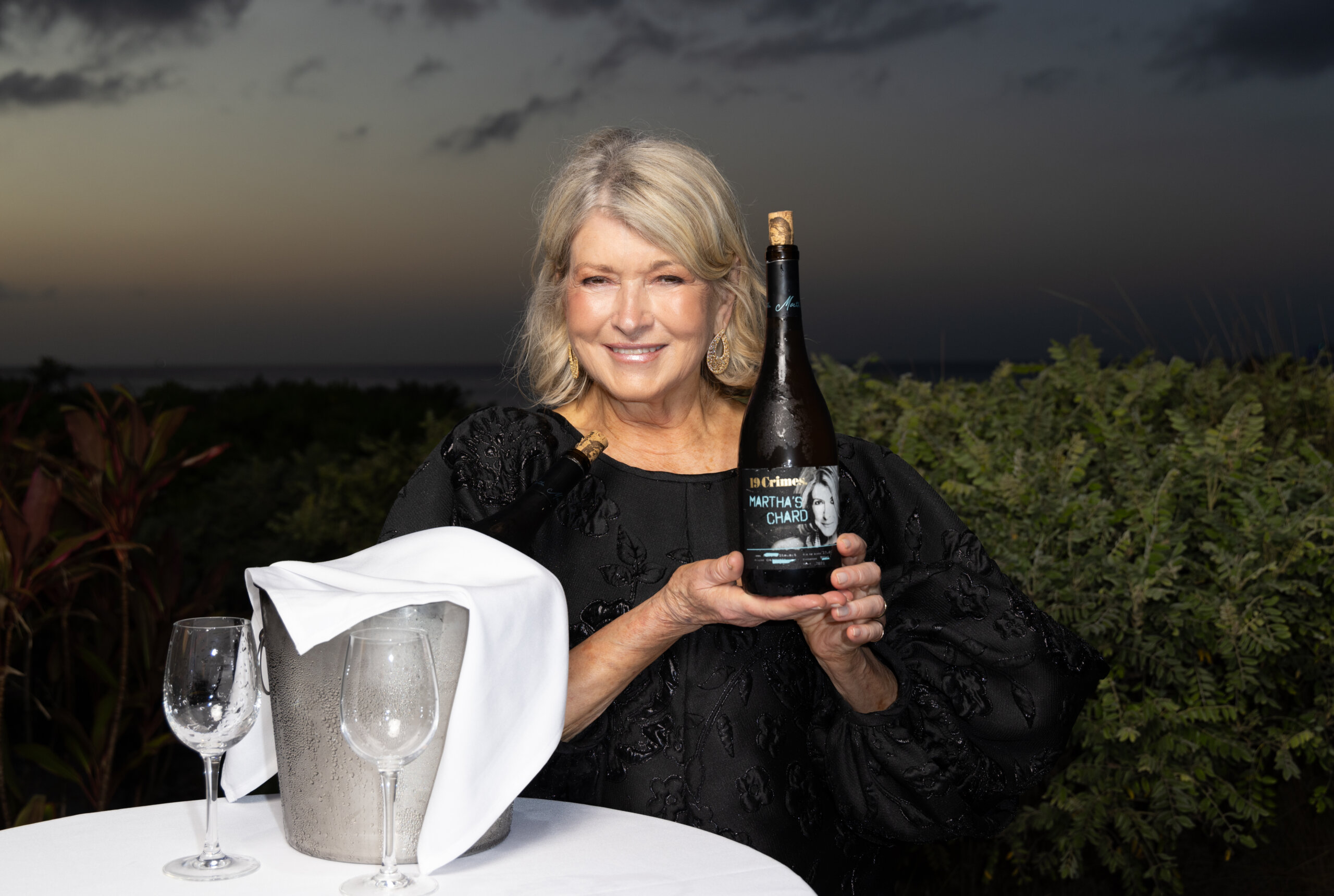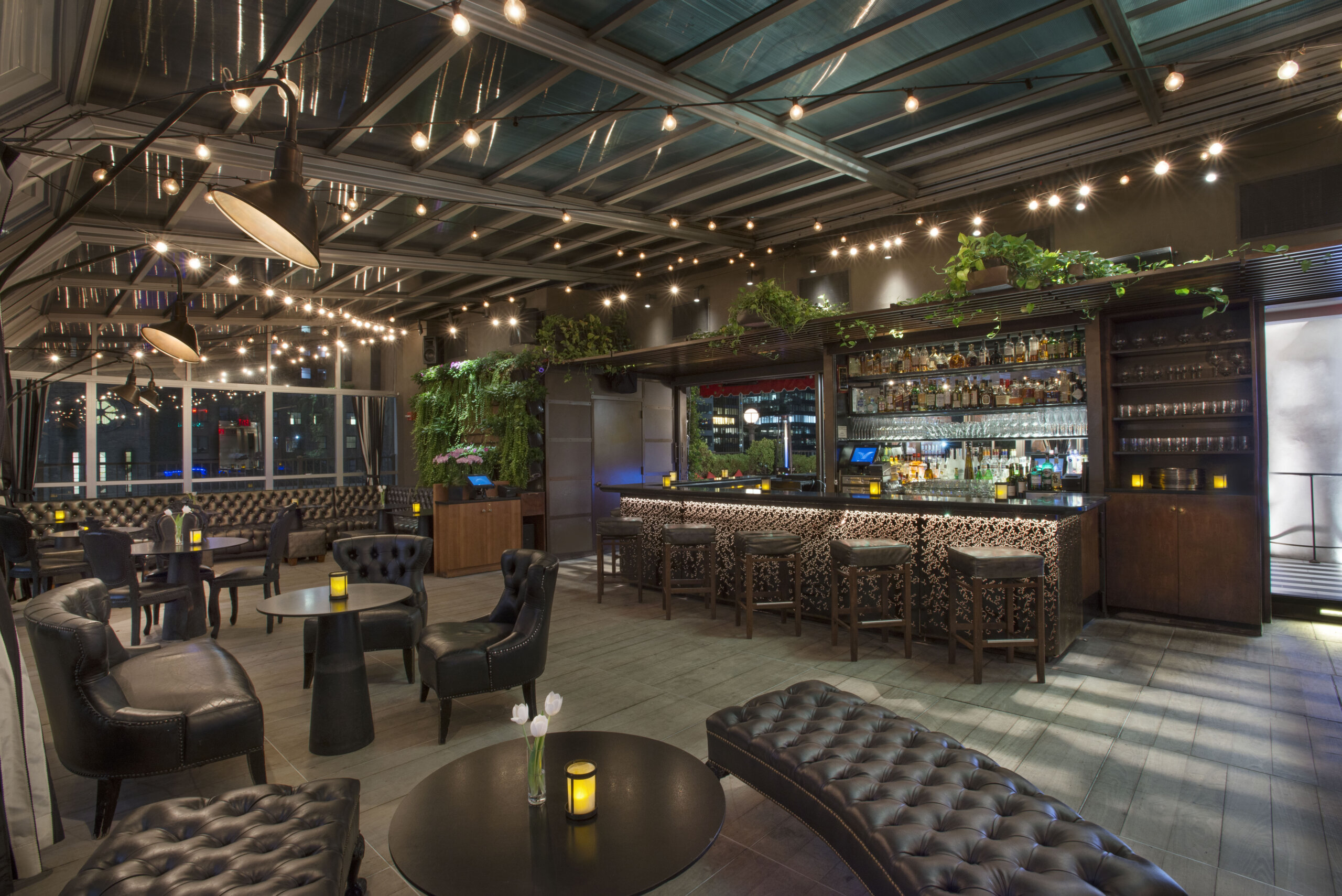Creating the Perfect Martini with Salvatore Calabrese
By Tyler Zielinski
If there’s one bartender who knows a thing or two about the Martini, it’s the legendary Salvatore Calabrese (aka The Maestro).
The delicate balance of spirit—typically gin, and occasionally vodka—vermouth, bitters, aroma, temperature, and dilution is a formula that Calabrese mastered during his tenure at London’s iconic Dukes Bar in the mid-80s—a bar that’s still known for serving one of the world’s best Martinis (infamously known for filling the glass to the brim). Calabrese, who currently serves as an ambassador and consultant for the Donovan Bar in London, is also known for putting his own stamp on Martini history by contributing the Breakfast Martini to the contemporary cocktail canon—a “Martini” twist that is more akin to a Margarita than a Martini, but it was created during the age of Martini menus, and has stuck as one of the most popular imitation Martinis of the time.
Creating modern riffs on the Martini could be as simple as swapping vermouths, gins, or bitters; or, in Calabrese’s case with the Breakfast Martini, pushing the boundaries of what we consider the Martini to be. But to do so successfully, it’s important to understand the complex relationship of all the elements at play, and what makes a near-perfect classic Martini. To break it down, Calabrese lends his 40 years of bartending experience, and Martini-making expertise, so that you can be on your way to creating your own modern twist.
First, master the classic

“You must learn how to crawl, before you can run,” is a saying that many veteran bartenders recite to their young padawans (read: bar backs and junior bartenders) who try and develop their own original cocktails before perfecting the classics. With the Martini, a cocktail that’s notoriously difficult to perfect due to the mixing technique required to achieve the ideal temperature and dilution, learning how to crawl (i.e. understanding how to make a flawless Martini in all of its forms, from 5:1 to Dirty) is essential.
“A good bartender should know all the classics,” says Calabrese. “There is a phrase that I always use when speaking to younger bartenders ‘It took God six days to create the world, and it took me five to create the perfect Martini!’” Calabrese expresses that, in addition to the perfect balance of measured ingredients, the key to creating a noteworthy Martini is ensuring that the cocktail stays cold throughout the drinking session. This means freezing or chilling the glassware before service to have a vessel that can retain the low temperature, or icing the glass while you mix the cocktail (at the bare minimum).
“The technique that I created in the ‘80s, and still use today, is to freeze the spirit and the glasses at preferably -18 degrees Celsius [-0.4 Fahrenheit] and to build the drink directly in the frozen glass,” says Calabrese. “This gave me the reputation for making the best Martini in the world, and this is how we make it at the Donovan Bar today.”
Practice, most definitely, makes perfect when it comes to the Martini, so mix away, and be sure to taste as you stir as that’s the best way to track dilution.
Rejiggering the classic formula
After you’ve dialed-in your classic Martinis, to make your own modern twist, it’s best to start by keeping it simple. “Try to not alter the basic formula too much,” says Calabrese. “The vermouth can be swapped for an alternative like a dry sherry, or you can create a salty, or Dirty Martini by adding caper juice, or simply change the garnish to an olive stuffed with blue cheese.”
Creating a vermouth blend, adding a barspoon of a flavorful liqueur or cordial, and using an unorthodox base spirit (e.g., tequila) are a few different ways to simply augment the Martini. Beyond those techniques, manipulating ingredients via infusions is another consideration, as well as changing the garnish and bitters. The most important thing, though, is to make sure that it still has the D.N.A of the classic Martini formula.
Create a memorable presentation

A memorable Martini is all about presentation. This can be as simple as buying exquisite glassware to serve the cocktail in or providing some element of theater via a tableside martini trolley.
“Your glass is the canvas of the drink,” says Calabrese. “The glass should be elegant. The rim shouldn’t be too thick, nor should the bowl be too large.” Calabrese has designed his own martini glass to his specifications, but other brands to consider are Nude, Riedel, and Zwiesel.
Calabrese, who helped pioneer the tableside Martini service while at Dukes Bar—a feat also associated with the iconic Connaught Bar—believes that interaction with the guest makes the Martini-drinking experience even more memorable. “Giving a guest that personal service by preparing the drink at the table using a Martini trolley is a great way to showcase ingredients, tell a story, and to add some theater,” Calabrese says. For adding a citrus twist, he recommends choosing the peel of a special fruit, such as a lemon from the Amalfi Coast, bergamot, or possibly even a yuzu if you can get your hands on one.
Other memorable concepts include serving a stemless Martini glass on ice, as is the case at Katana Kitten with Masa Urushido’s Hinoki Martini, or adding a plate of DIY garnishes for the guest to enjoy at their leisure. Given that the Martini is somewhat of a blank canvas, there are infinite possibilities for creating your own modern version; but, as Calabrese says, it’s best to keep it simple.










